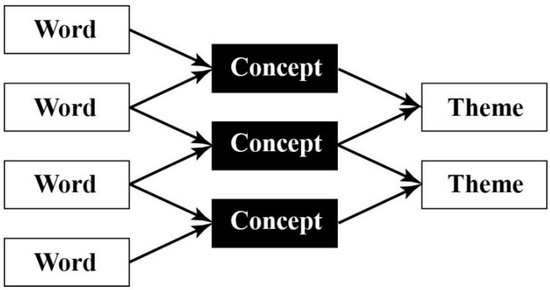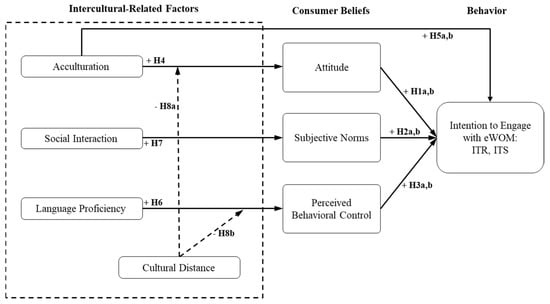The Connected Consumer
A topical collection in Journal of Theoretical and Applied Electronic Commerce Research (ISSN 0718-1876). This collection belongs to the section "Digital Marketing and the Connected Consumer".
Viewed by 23384Editors
Interests: consumer’s immersive experiences online; social e-commerce; marketing for e-learning
Special Issues, Collections and Topics in MDPI journals
Topical Collection Information
Dear Colleagues,
The profound changes that have taken place and are taking place in the digital ecosystem are transforming the motivation and behavior of what is now known as the connected consumer and their complex psychological interplay with brands, marketing communication and e-retailers. Connected consumers are people who use digital technologies, communicate through digital media and make use of artificial intelligence to help in their purchase decisions. They are more passionate about choosing what to buy, they look for seamless and more immersive experiences and, at the same time, feel more empowered in their relationships with brands.
In parallel, marketers and managers strive to design digital marketing programs that attract and engage consumers. However, the success of these initiatives depends, to a large extent, on having an in-depth knowledge of consumers’ new emotional needs, how they build their perception about products and brands, and the new ways they interact within the digital ecosystem.
This Topical Collection is open to a diversity of disciplinary views, methodological designs and industrial approaches that look closely at the main targets for the digital marketing initiatives: connected consumers. We invite researchers to submit original papers about the transformative dynamics of connected consumers, the inner processes that make consumer experiences especially engaging and enjoyable, the new windows of opportunity for brands to engage consumers, and their impact on purchasing decisions and brand loyalty.
Prof. Dr. Inma Rodríguez-ArduraDr. Gisela Ammetller
Guest Editors
Manuscript Submission Information
Manuscripts should be submitted online at www.mdpi.com by registering and logging in to this website. Once you are registered, click here to go to the submission form. Manuscripts can be submitted until the deadline. All submissions that pass pre-check are peer-reviewed. Accepted papers will be published continuously in the journal (as soon as accepted) and will be listed together on the collection website. Research articles, review articles as well as short communications are invited. For planned papers, a title and short abstract (about 100 words) can be sent to the Editorial Office for announcement on this website.
Submitted manuscripts should not have been published previously, nor be under consideration for publication elsewhere (except conference proceedings papers). All manuscripts are thoroughly refereed through a single-blind peer-review process. A guide for authors and other relevant information for submission of manuscripts is available on the Instructions for Authors page. Journal of Theoretical and Applied Electronic Commerce Research is an international peer-reviewed open access quarterly journal published by MDPI.
Please visit the Instructions for Authors page before submitting a manuscript. The Article Processing Charge (APC) for publication in this open access journal is 1000 CHF (Swiss Francs). Submitted papers should be well formatted and use good English. Authors may use MDPI's English editing service prior to publication or during author revisions.
Keywords
- connected consumer
- consumer empowerment
- consumer engagement
- consumerism
- customer co-creation
- customer experience
- customer relationship management (CRM)
- customer service
- customer value proposition
- eWOM
- immersive experience
- online consumer behavior









